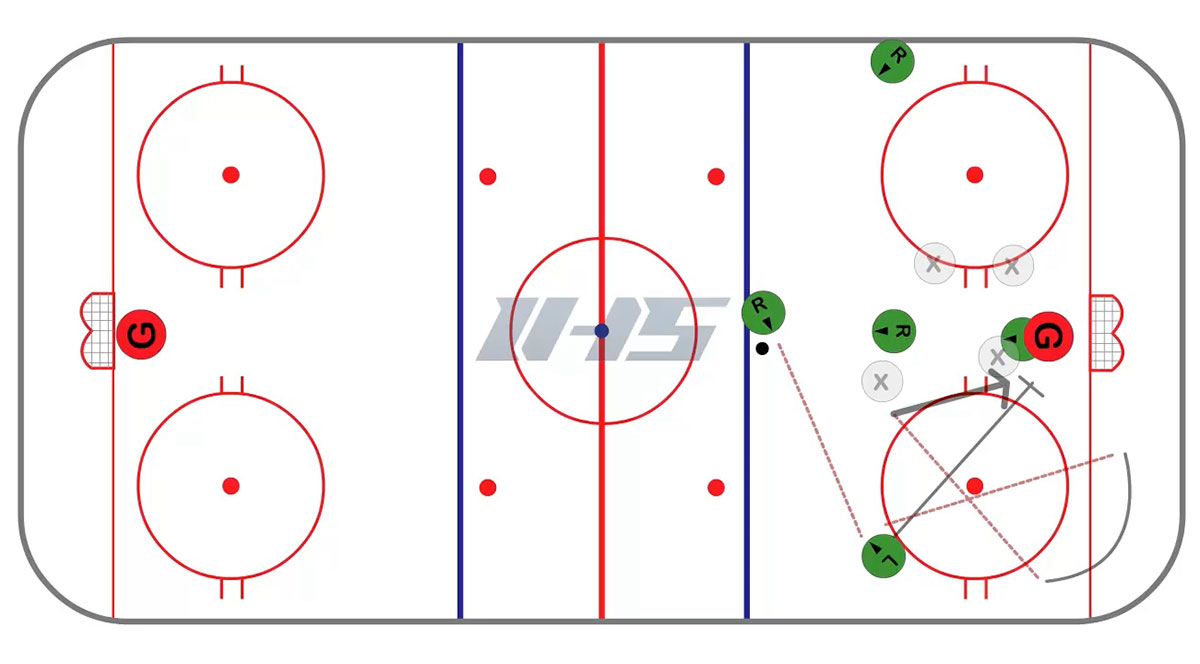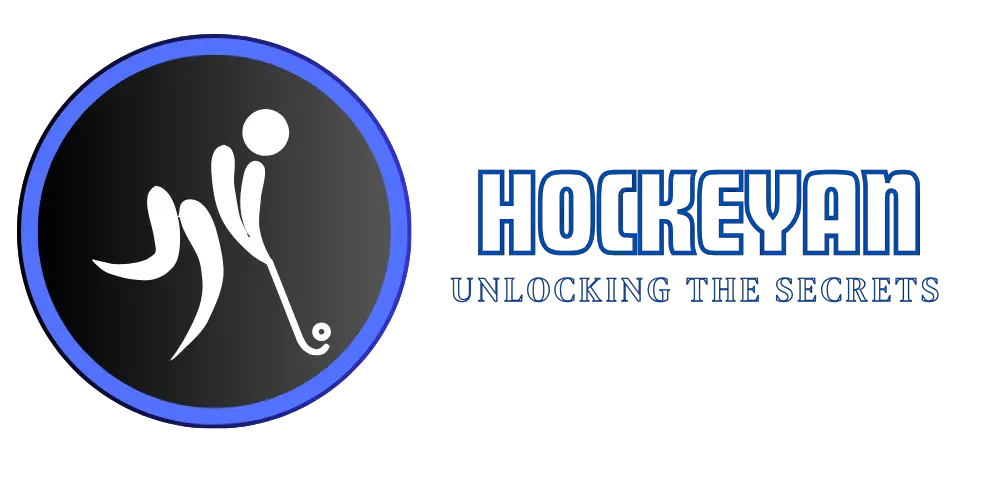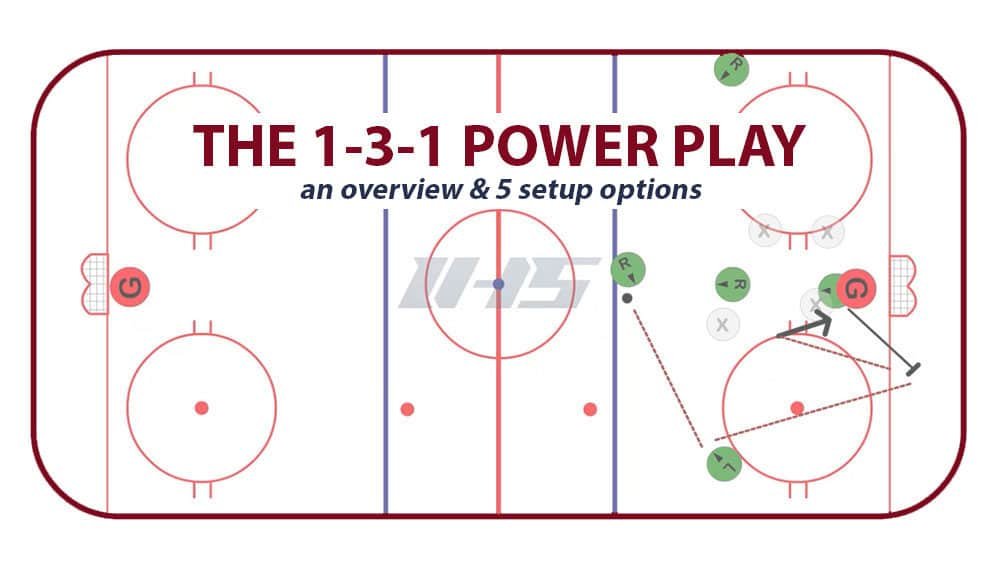A power play in hockey happens when one team has more players on the ice than the other due to penalties. This gives the advantaged team a higher chance to score.
Hockey fans know the excitement a power play brings to the game. It shifts the balance, creating intense moments. But what exactly makes a power play so special? In this blog post, we’ll break down the mechanics of a power play.
We’ll explore how teams capitalize on this advantage and why it’s crucial in deciding the outcome of a match. Whether you’re new to hockey or a seasoned fan, understanding the power play adds another layer of enjoyment to watching the game. Let’s dive in and discover what makes the power play a thrilling aspect of hockey.

Credit: www.icehockeysystems.com
Power Play Basics
Power Play Basics are an exciting part of hockey. They offer teams a chance to score when the opposing team has fewer players. Let’s dive into the basics of a Power Play, including its definition and duration.
Definition
A Power Play happens when one team has more players on the ice than the other. This occurs because the opposing team has one or more players in the penalty box. The team with more players has a better chance to score a goal.
Duration
The duration of a Power Play usually lasts two or five minutes. It depends on the type of penalty. Minor penalties lead to a two-minute Power Play. Major penalties result in a five-minute Power Play. The Power Play ends if the team with more players scores a goal during a minor penalty.

Credit: hockey-graphs.com
Strategies And Formations
In hockey, a power play occurs when one team has more players on the ice due to an opponent’s penalty. Teams use various strategies and formations to maximize their scoring chances during a power play. Two common formations are the Umbrella Formation and the Overload Strategy.
Umbrella Formation
The Umbrella Formation is popular in power plays. It involves three players positioned on the blue line, forming an arc, and two players stationed near the goal crease. This setup creates a triangle shape in the offensive zone. The objective is to create shooting lanes and passing options.
- The player at the top of the umbrella (center) controls the puck.
- Two players on the sides (defensemen) support the center.
- The two players near the goal are ready for rebounds.
This formation allows for quick puck movement and opens up shooting lanes. The defense struggles to cover all angles, creating scoring opportunities.
Overload Strategy
The Overload Strategy focuses on positioning more players on one side of the ice. This creates a numerical advantage in a specific area, making it hard for the defense to cover all players effectively.
- Three players work along the boards.
- One player positions in front of the net.
- One player stays at the blue line to distribute the puck.
By concentrating players on one side, the team can cycle the puck quickly. This forces the defense to move and opens passing lanes. The player in front of the net screens the goalie and looks for rebounds.
These strategies require practice and coordination. Teams often switch between formations based on the opponent’s defensive setup and the players’ strengths.
Key Players And Roles
In hockey, the power play is a crucial aspect of the game. It provides a team with a numerical advantage on the ice. This advantage creates opportunities to score. Understanding the key players and their roles during a power play is essential. Each player has specific responsibilities that can make or break the play.
Quarterback
The quarterback is often the most skilled defenseman. This player directs the power play from the blue line. They distribute the puck and set up scoring chances. Quick decision-making is crucial for a quarterback. They must read the defense and adjust accordingly. The quarterback also takes shots from the point. These shots can lead to goals or rebounds.
Net-front Presence
The net-front presence plays near the opponent’s goal. This player screens the goalie and disrupts their view. They also look for rebounds and deflections. Physical strength and positioning are key for this role. The net-front presence must handle defensemen trying to clear the area. They often score by tipping in shots or pouncing on loose pucks.
Executing Successful Power Plays
The power play in hockey is a strategic advantage. Teams aim to score while the opponent has fewer players on the ice. Executing successful power plays requires skill, strategy, and teamwork. Two key components are passing techniques and shot selection.
Passing Techniques
Effective passing is critical. It can confuse and tire the defenders. Use quick, short passes to move the puck efficiently. This keeps the defenders moving and creates gaps in their formation.
Another technique is the cross-ice pass. This pass can catch the goalie off guard. It can also open up a shooting lane. Always keep the puck moving. Static play makes it easier for the defenders to block shots.
Ensure passes are accurate. An inaccurate pass can lead to a turnover. Use forehand and backhand passes to keep the defense guessing.
Shot Selection
Choosing the right shot is crucial. Consider the position of the goalie and defenders. A quick wrist shot can be effective. It’s fast and accurate.
Slap shots are powerful but take longer to execute. Use them when you have time and space. One-timers are quick and can surprise the goalie. They involve shooting the puck directly from a pass without stopping it.
Always aim for high-percentage areas. These are usually the corners of the net. Rebounds are also important. Shoot low to create rebound opportunities for teammates.
Mix up your shots. Predictable shots are easier to block. Keep the goalie guessing.
Defending Against Power Plays
Defending against power plays is crucial for any hockey team. A power play occurs when a team has a player advantage due to an opponent’s penalty. The opposing team, now shorthanded, must employ special strategies to prevent a goal. This requires skill, focus, and effective communication among players.
Penalty Kill Strategies
Teams use various penalty kill strategies to defend against power plays. Here are some common ones:
- Box Formation: Players form a tight box near the net, limiting shooting lanes.
- Diamond Formation: Similar to the box, but one player stays higher to challenge the point.
- Aggressive Forecheck: Players pressure the puck carrier early, forcing turnovers.
Goaltender’s Role
The goaltender plays a vital role in defending against power plays. They must stay alert and communicate with their defensemen. Key responsibilities include:
| Responsibility | Description |
|---|---|
| Positioning | Stay square to the puck and minimize gaps. |
| Rebound Control | Absorb or direct rebounds away from attackers. |
| Communication | Alert teammates to open players and potential threats. |

Credit: www.gaimday.com
Frequently Asked Questions
What Is A Power Play In Hockey?
A power play in hockey is when one team has more players on the ice due to the opposing team having a player in the penalty box.
How Long Does A Power Play Last?
A power play usually lasts 2 minutes, but it can be 5 minutes if the penalty is major.
How Does A Team Get A Power Play?
A team gets a power play when an opposing player commits a penalty and is sent to the penalty box.
What Happens If The Team On The Power Play Scores?
If the team on the power play scores, the penalty usually ends, and the penalized player can return to the ice.
Can A Team Score Multiple Times During A Power Play?
Yes, a team can score multiple times during a power play, especially if it is a major penalty.
What Is A Penalty Kill In Hockey?
A penalty kill is when a team tries to prevent the opposing team from scoring during their power play.
How Does A Team Defend During A Power Play?
A team defends by clearing the puck, blocking shots, and maintaining a tight defensive formation.
What Are The Common Penalties Leading To Power Plays?
Common penalties include tripping, hooking, slashing, and high-sticking. These result in the penalized player going to the penalty box.
Can A Power Play End Before The Penalty Time Is Up?
Yes, if the team on the power play scores a goal, the penalty usually ends, and the penalized player can return.
Conclusion
Understanding the power play in hockey enhances your game-watching experience. You now know its rules and strategies. Teams can gain a significant advantage during a power play. Players must capitalize on this moment. Coaches plan specific plays for power plays.
Fans eagerly watch these intense periods. Power plays often shift a game’s momentum. Next time you watch hockey, observe the power play closely. It adds excitement and depth to the sport. Now, enjoy the game with a better understanding.




